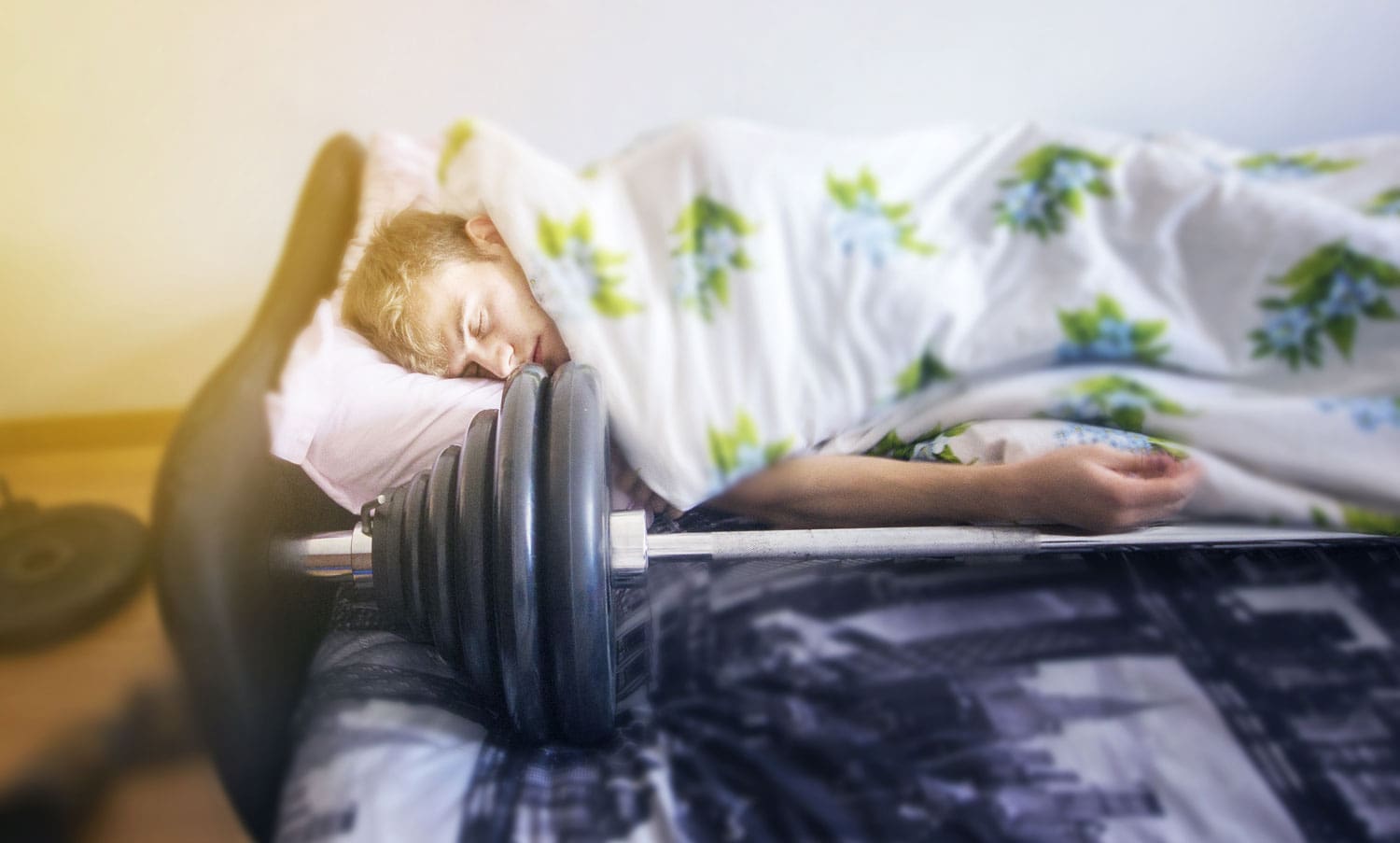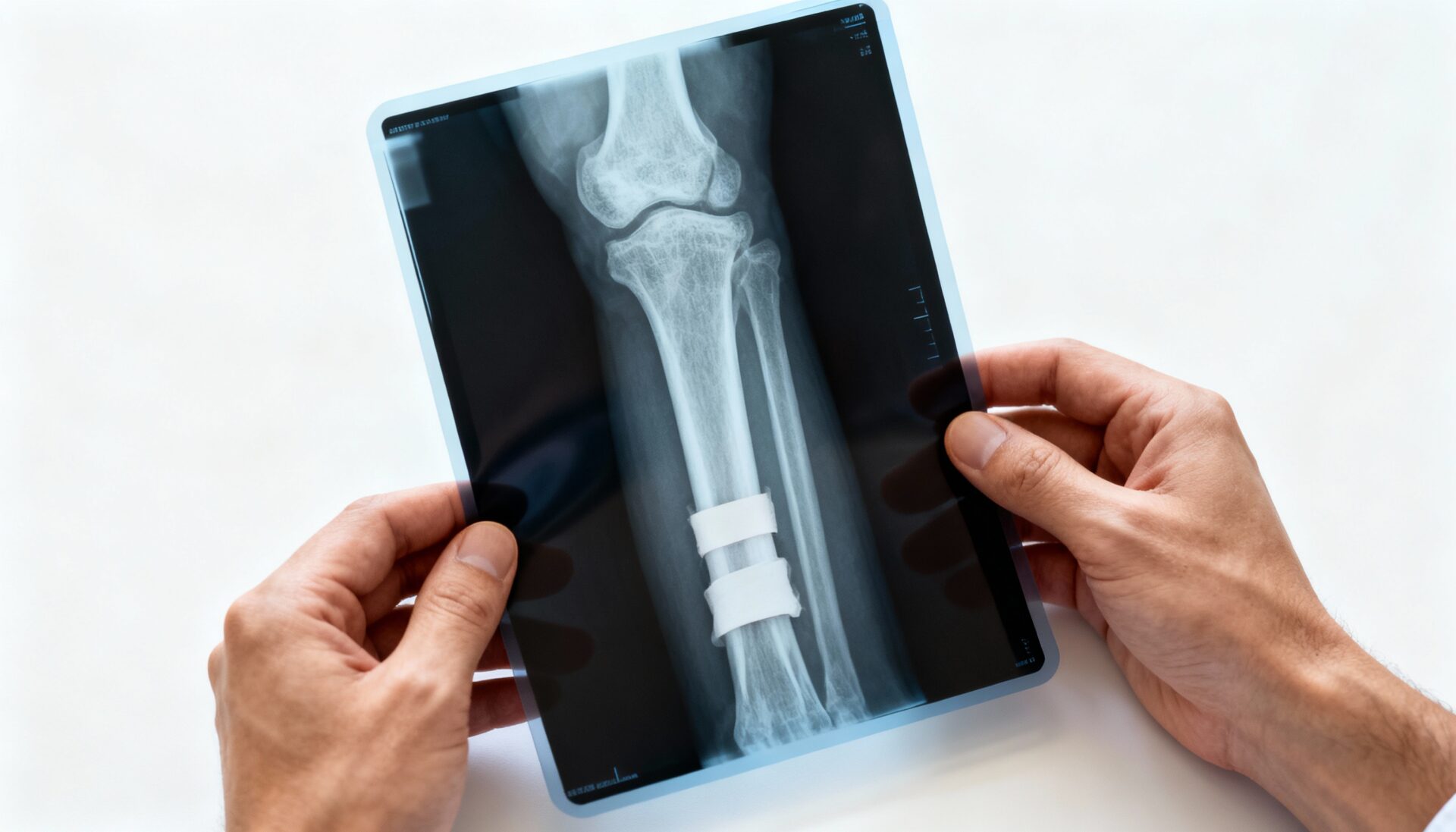With competitive drive and strong motivation to improve, the dedicated athletic population imposes many risks upon their personal wellbeing. It’s no secret that their bodies endure all kinds of wear-and-tear; between intensive training and nutritional strategies, athletes strive to push their absolute limits in sport. While this high-powered effort is quite beneficial and necessary in order to produce improvements, it may also fuel a vicious cycle of poor self-image. Constant dissatisfaction with performance, excessive training, or failure to rest and recover all contribute to a player’s self-esteem. Reasons behind such extremes may stem from weight-related requirements of a position, or even personal insecurity. In either instance it’s important that all athletes are properly guided when it comes to balancing their lifestyle in order to preserve their health. As coaches, we should pursue healthy attitudes in our athletes just as much as their athletic abilities through the use of frequent self-report tools and educational materials regarding proper energy balance. Our ability to identify “red flags” that indicate low energy availability in our athletes gives us power to protect their health and prevent injury or overtraining.
By Nicole Eubanks
Chronic energy depletion is a common mechanism behind the onset of impaired performance, loss of bone density or strength, weakened immune health, and more. While the reasoning behind such a deficit will vary from player to player, often, particularly in sports of leanness such as body building or wrestling, the lack of supplied energy comes from the applied pressure on the athlete to fulfill the demand of their sport. Individuals who are subject to scrutinize their body composition are far more likely to develop a disordered eating pattern. Sports involving defined weight classes or even “heavier-set” positions such as football linemen can initiate a poor and unsustainable relationship with food that has the potential to elicit life-long damage to their mental and physical wellbeing. Although disordered eating is different from a diagnosed eating disorder, it is a serious issue that can lead to overly restrictive diets or substance abuse such as the inappropriate use of laxatives or other weight loss supplements. A 2010 research paper regarding the aspects of disordered eating in elite high-intensity sports stated, “Athletes most at risk for disordered eating are those involved in sports emphasizing a thin body size/shape, a high power‐to‐weight ratio, and/or sports utilizing weight categories, such as in some high‐intensity sports.” This information explains that there is not only danger involved in the niche of sports focused on weight or appearance, but also a prevalence of disordered eating across many types of sports due to an athlete’s exertion in play (sprinters for example require power and endurance). Often the qualities leanness and high muscle mass are associated with athletic agility, speed, and power. Therefore, these highly desired traits may push an athlete past boundaries of safe fat loss. Even if the primary focus of their exercise is physical exertion and not direct “fat loss”, an athlete may be unaware of the caloric needs associated with long bouts of practice and training. There is a risk that as they consistently and unintentionally fall into a deficit, they will impede their progress and health in the long term. These variables are applicable to both males and females and should be closely monitored to prevent the consequences of low energy availability.
An additional aspect of the onset of disordered eating most often seen in female athletes is the sociocultural pressure that emphasizes how women “should” present themselves. These standards have profound influence over our youth athletes, who are subject to grow into disordered eating habits through a combination of a forced idealization of the popular body type and genuine personal interest in athletics. In a 2010 study of female athletes in the Eating Behaviors scientific journal, “athletes with overweight perceptions reported greater negative perfectionism, social physique anxiety, and more disordered eating behavior than female athletes with normal-weight perceptions…a quarter of female athletes perceive themselves to be overweight…Given the pressure to perform and achieve success in sport, female athletes may resort to disordered eating to compensate for these pressures.” A major takeaway from this statement is the significance of the psyche in sport. Females in disordered eating studies have consistently demonstrated dangerous or distorted personal perceptions regarding their bodies, especially relating to body dysmorphia. There is certainly an ideal level of motivation, also known as “positive perfectionism”- which inspires growth in a constructively critical manner. However, when obsessive efforts become massive drawbacks to enjoyment, self-image, and general health it is called “negative perfectionism”. This tone of thought is a hazardous seed that could grow into the cycle of poor self-image. Because these concerns are prevalent in teenage and adult female athletes, preventative measures should be taken during adolescence.
Proper education of nutrient intake through the developing years as an athlete could effectively reduce the likelihood that they fall victim to disordered eating habits or Low Energy Availability (LEA) as they mature. The Female Athlete Triad is a syndrome that stems from the main components of LEA, possible disordered eating, menstrual disturbances and/or physiological complications. The continuum between these variables exemplifies how they are sensitively interconnected. For instance- an initial insecurity regarding aesthetic and/or performance driven perfectionism can infiltrate a disordered eating pattern, which can chronically damage bone and menstrual health (as well as performance). Conditions such as amenorrhea or osteopenia affect reproductive and long-term functional biomechanical health, as well as increased risk for sport-related damages such as fractures or overuse injuries. It is essential to seek the root-cause behind LEA in order to make real changes for the better. In recent years new evidence suggests harmful traits in male athletes resulting from LEA, raising concerns over reproductive disturbances. This realization brought forth a blueprint to the Male Athlete Triad- which explores similar outcomes discussed in the Female Model. An interesting thought from Mary Souza (2019) regarding the role of energy availability in reproductive function, “During times of limited fuel availability, energy is shunted or re-partitioned away from growth and reproduction in order to prioritize the compartments vital for survival of the individual, such as thermoregulation, cellular maintenance, and locomotion. As such, available energy is shunted away from growth and reproduction, resulting in a cascade of metabolic and energetic alterations that conserve energy. ” This describes why exactly these physiological changes occur. As detected in a 2021 study, “low Energy Availability (EA) is associated with hypothalamic pituitary thyroid disturbance, reductions in insulin-like growth factor, suppression of semen quality and bone health.” The author explains the physiological obstacles that arise through energy depletion. While the intensity of such disturbances needs to be more intense for males in order to be significant to their health status, we should still acknowledge the relevance behind energy balance in our athletes, despite their gender.
Given our role as coaches to protect the health of athletes and actively pursue their goals, we must carefully consider the variety influences that impact these individuals. Stresses from school, relationships, career-plans, success in sport, and much more can impact the overall performances we observe from the outside. By creating an open environment for our athletes to decompress, we alleviate some of these pressures and nurture a bond of respect. A paper from 2000 shared, “frequent weigh-ins, punitive consequences for weight gain, pressure to “win at all costs,” an overly controlling parent or coach and social isolation caused by intensive involvement in sports may increase an athlete’s risk”. Without respect, we have no value or true influence over our players. It is our responsibility to provide as a valuable resource of educational practices, supplemental tools to confront potential issues in athletes, appropriate interventions, and reliable programming that involves appropriate rest and recovery.
In the matter of low energy availability, prevention is key. Prevention begins with education of all authoritative figures as well as athletes, raising awareness to the effects of low EA. Additional measures such as pre-screening athletes for acute signs of disordered eating or low EA should be a priority for both males and females, especially for those participating in sports of leanness. Strategies such as nutritional education, involving professionals within the field (dieticians, etc.) will ultimately enhance an athlete’s understanding of eating patterns, their lifestyle, and how to promote their own performance through adequate nutrient intake. Additional methods such as self-report questionnaires also serve as promising tools to support our athletes. While such a tool is of course subject to bias, it is better than “going out on a whim” with no input about our athletes at all. Mood, sleep quality, nutritional adherence, level of fatigue, Rate of Perceived Exertion, and even exam week (in the case of student athletes) have an extreme impact on performance in general. The use of questionnaires is customizable, and while they won’t always be entirely accurate, they do serve as a valuable tool to optimize our programs as coaches. A fundamental piece of coaching a successful team is remaining mindful of the individual challenges that each athlete may struggle with.
In a population consisting of highly invested individuals that are willing to work extremely hard for even slight improvement, the understanding of energy balance is essential to their health. While there are many possible reasons behind the concerns of disordered eating patterns and chronic low energy availability, we, as training professionals, are fully equipped to actively guide our athletes through such challenges. Sharing our insights, updating our understanding of sports nutrition, providing supportive resources, supplying educational tools, and frequently utilizing questionnaires all serve as effective measures against the consequences of low EA, and will additionally aid in identification of risky behaviors that can lead to harm.
References
De Souza, M. J., Koltun, K. J., & Williams, N. I. (2019). The Role of Energy Availability in Reproductive Function in the Female Athlete Triad and Extension of its Effects to Men: An Initial Working Model of a Similar Syndrome in Male Athletes. Sports Medicine, 49, 125–137.
Haase, A. (2010, October 02). Weight perception in female athletes: Associations with disordered eating correlates and behavior. Retrieved April 08, 2021, from https://www.sciencedirect.com/science/article/pii/S147101531000084X
Hobart JA, Smucker DR. The female athlete triad. Am Fam Physician. 2000 Jun 1;61(11):3357-64, 3367. PMID: 10865930.
LANGAN-EVANS, C., GERMAINE, M., ARTUKOVIC, M., OXBOROUGH, D. L., ARETA, J. L., CLOSE, G. L., & MORTON, J. P. (2021). The Psychological and Physiological Consequences of Low Energy Availability in a Male Combat Sport Athlete. Medicine & Science in Sports & Exercise, 53(4), 673–683.
Sundgot-Borgen, J., & Torstveit, M. K. (2010). Aspects of disordered eating continuum in elite high-intensity sports. Scandinavian Journal of Medicine & Science in Sports, 20, 112-121. doi:10.1111/j.1600-0838.2010.01190.x







































